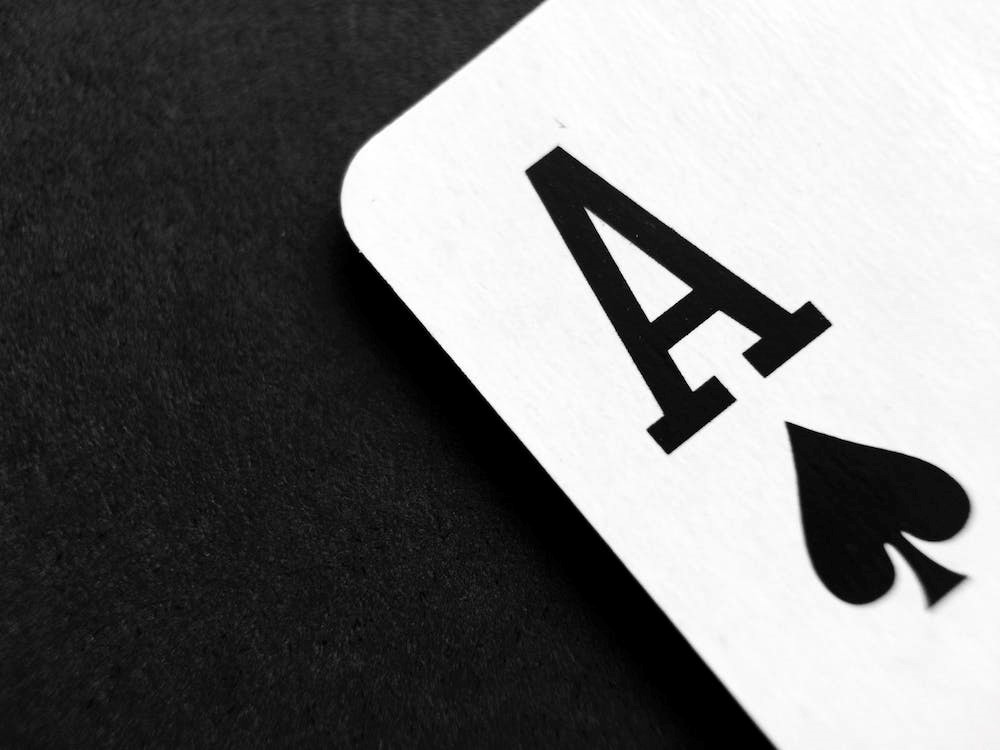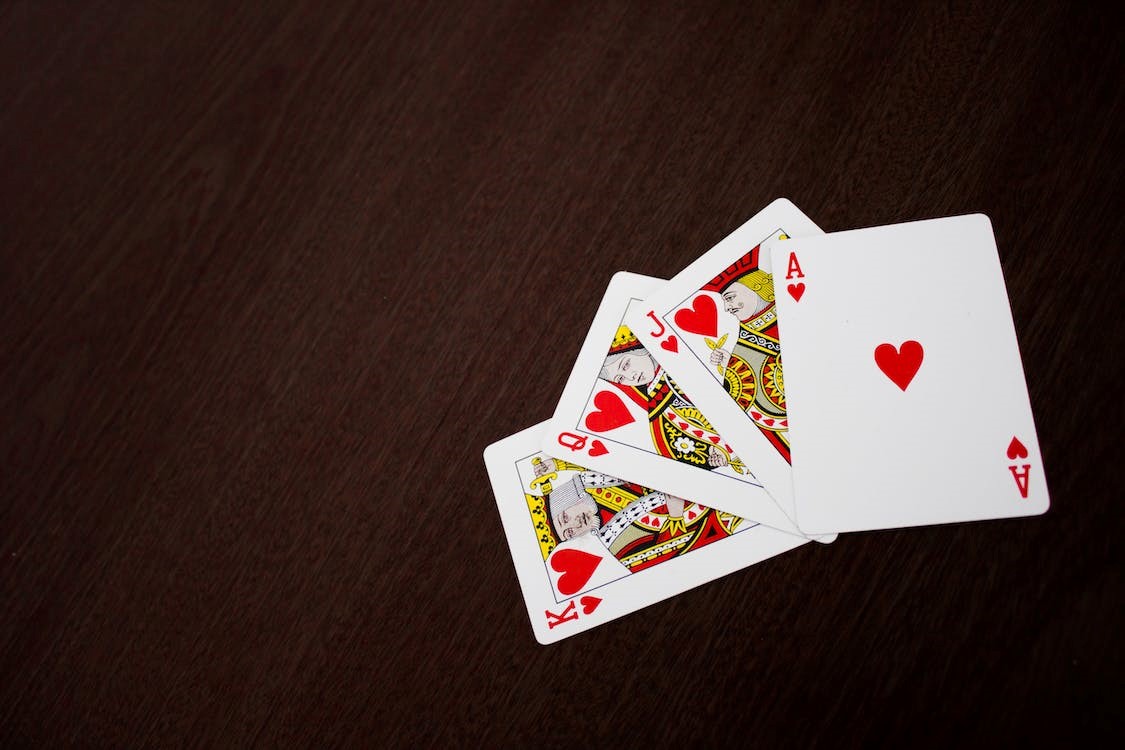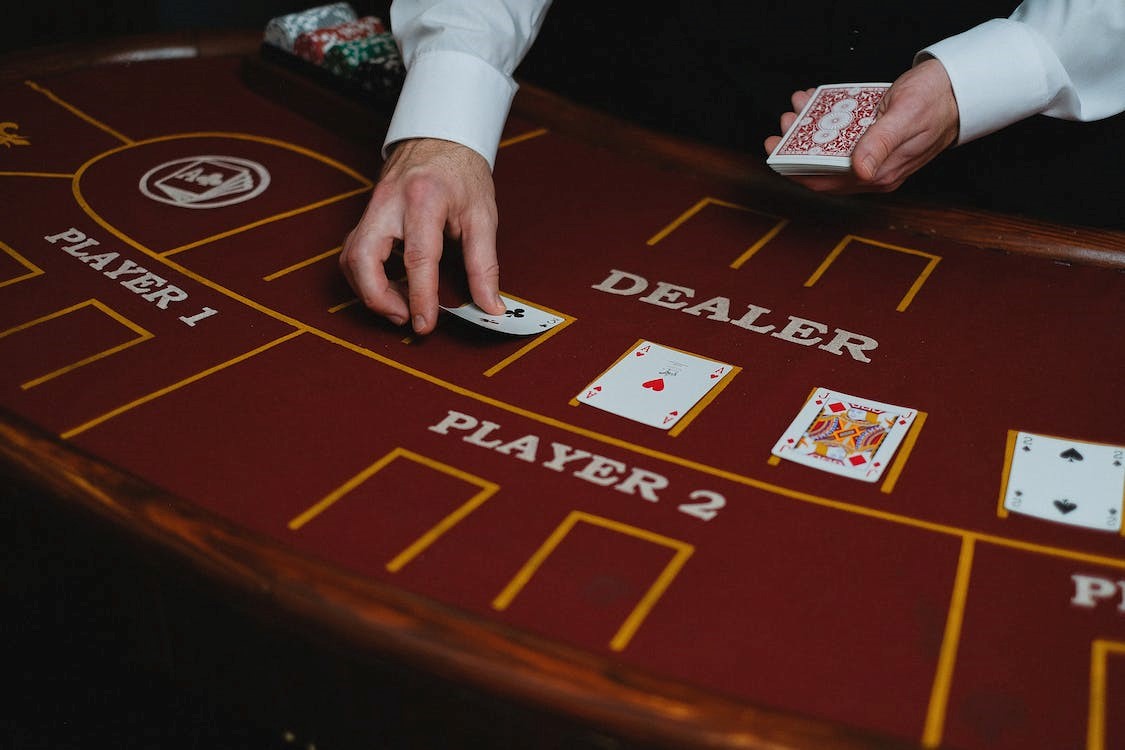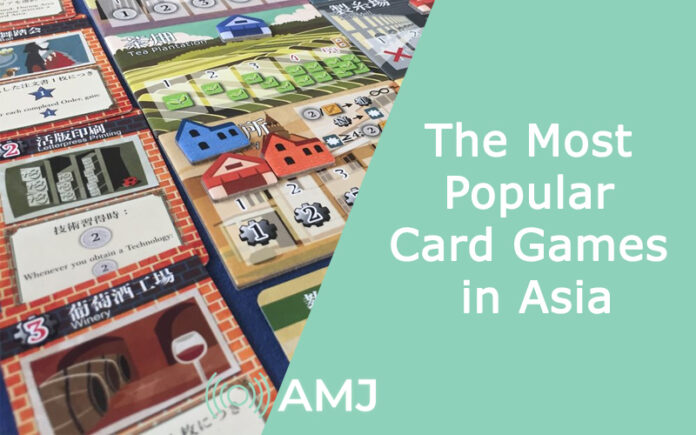
The playing of card games in Asia dates back a long way. Indeed, the playing cards that we all know and love are believed to have their origins in ancient China.
Historians think that card games can be traced back to that country in the 13th century, with some dating them to the Tang Dynasty. What is known for certain is that the earliest historical reference to card games is from somewhere between 1352 and 1362.
Cards back then were made out of either bone or wood – a long way from the apps of this modern online era! Card games have enjoyed a resurgence of popularity recently though, because they are exciting and offer the player a shot at winning some money.
Read on to learn what the biggest card games among Asian players are.
Gong Zhu
This translates as ‘chase the pig’, but there are no actual pigs or chasing involved! It is basically an Asian variant on the game called Hearts.
There are parts of the rules that differ though. The essential aim is to try to score 1000 points or as close as possible, but you must not go above that number or you lose.
The cards all have point values: for instance the Jack of Hearts adds up to +100 points. The Queen of Spades is the ‘pig’ and players must try to force that card out through leading spades.
It is Hearts with unique Chinese twists, including no card passing between rounds and the rule where the first person to score above 1000 is the loser. The best tip is to learn the Gong Zhu rules before playing for cash.
Poker
Poker is popular in most countries, and people in Asia love poker gaming as much as anyone. The various western versions all have an enthusiastic player base in Asia, because the internet and online casino have had a globalizing effect.
However there is also a specific Chinese Poker that is only really played in Asia. This has some very important rule differences.
In Chinese Poker, all of the players are given hands of 13 cards and they split these up into three hands with five, five and three cards in them respectively. What points they score are then determined by the quality of those three hands.
It could be said that Chinese Poker involves more luck than other versions of the game. In those you can change your hands during the game to try to improve them and deploy tactics like bluffing, but this is not really the case with Chinese Poker.
The ability to spot good combinations will serve you well when playing it though.
Dou Dizhu

This sees the players each receive a hand of 17 cards from the pack and the three remaining cards get put to one side. Its name means ‘fight the landlord’ and it has a fairly simple premise.
It is typically played by three, with one player going solo as the landlord and the others playing as a team against him or her. The goal is to use up all of your cards in one of the combinations allowed by the rules of the game before the landlord does.
Both luck and skill are involved, as you cannot control the hand you are dealt, but you must make the best of it through math and strategizing. Dou Dizhu may be the biggest Asian card game of all.
Da Lao Er
Otherwise known as ‘big two’, this game originated on the Chinese coast at the start of the 1980s. It is played by between two and four people and uses every card, with the point being to get rid of your entire hand.
Big two has some similarities with poker, but also distinctively Asian rules. There are four possible combinations for playing your hand of cards: five card groups, triples, pairs and single cards.
Whatever player has the Three of Diamonds starts the game and each subsequent player must either pass or play by producing a better score than that.
Blackjack

The principal aim of getting a hand as close to 21 without exceeding that score is the same in the Chinese variant of blackjack as in the western versions, but there are some other changes.
The main one is that in Chinese blackjack the dealer is less passive. They can reveal some of the cards that the players are holding, which is not the case in standard blackjack.
This is the type of blackjack most often played in Asia. Getting to know the differences compared with western versions will improve your odds of success.
These are the most popular card games in Asia and any card sharp in the west should also find them a lot of fun.












![Index of Money Heist [Season 1, 2, 3 & 4 – All Episodes, Cast and Plot] Index of Money Heist](https://www.asiamediajournal.com/wp-content/uploads/2021/05/Index-of-Money-Heist-3-100x70.jpg)